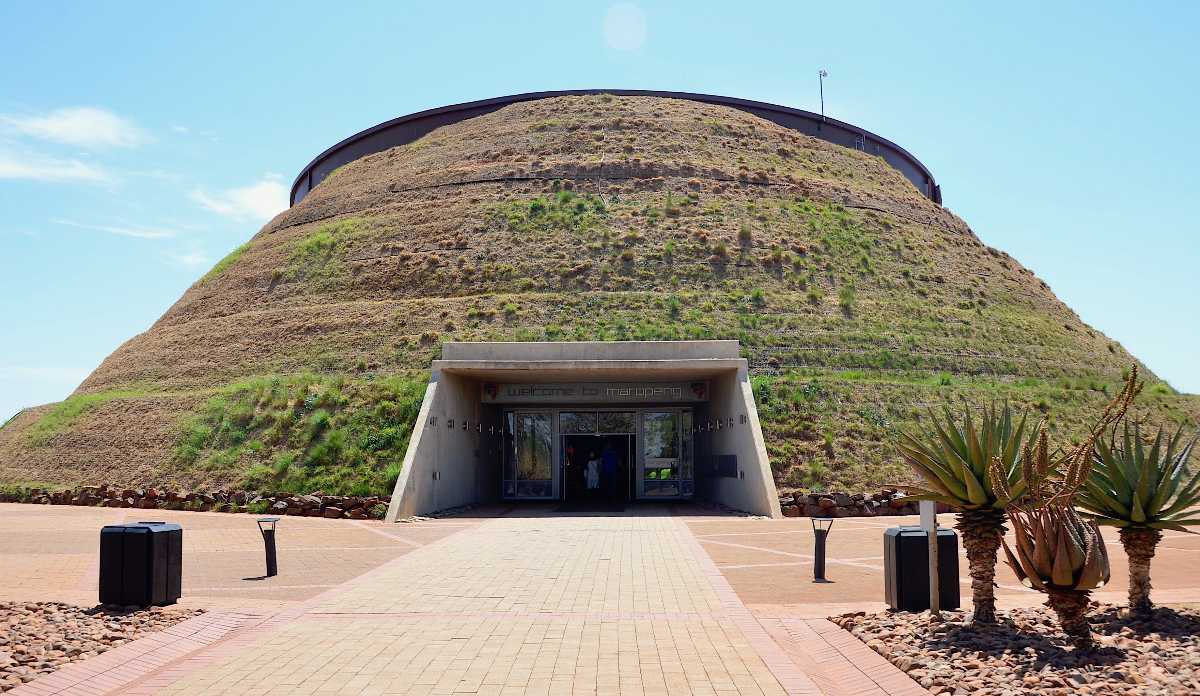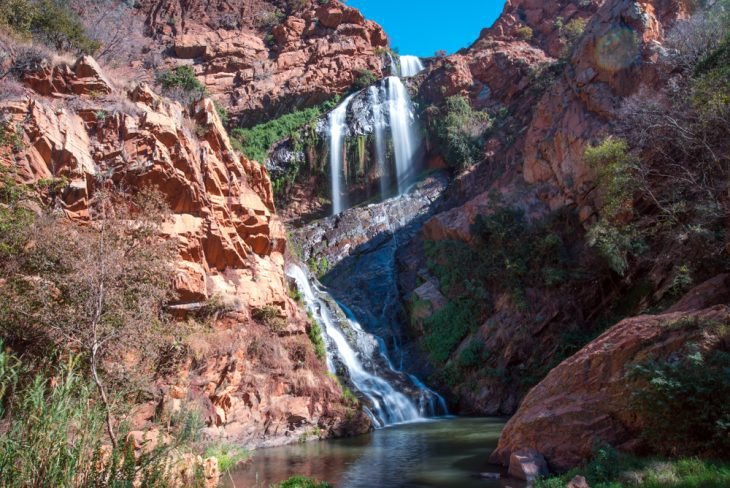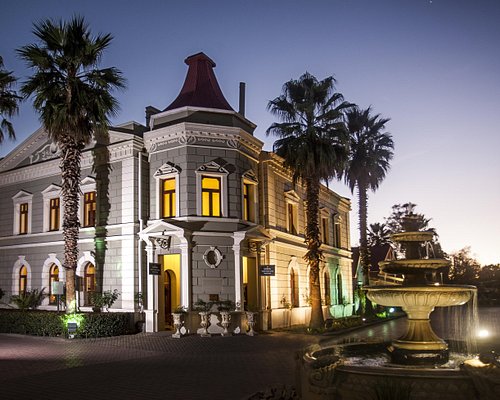Little Known Facts About Johannesburg North Attractions.
Little Known Questions About Johannesburg North Attractions.
Table of ContentsThe Facts About Johannesburg North Attractions UncoveredOur Johannesburg North Attractions StatementsSee This Report about Johannesburg North AttractionsNot known Facts About Johannesburg North AttractionsThe Definitive Guide for Johannesburg North AttractionsJohannesburg North Attractions - An OverviewSome Known Incorrect Statements About Johannesburg North Attractions
However you need to keep safety in mind and visitors have to continue to be sharp in any way times when in strange environments. Talk to the residents when you are in town to discover the area you are remaining in. Johannesburg North attractions. When on the road (this does not put on shopping center and other secure environments) best general advice is to attempt your ideal to appear like a regional and to prevent displaying any kind of wide range
All About Johannesburg North Attractions
Teacher Revil Mason O. J. (Thomson, 1946) explored the Witwatersrand's pre-colonial history. His archaeological job took off the 'em pty land' myth, according to which the region was empty of human habitation before the arrival of European settlers. In his publications Prehistory of the Transvaal: A Record of Human Task (1962) and Origins of Black Individuals of Johannesburg and the Southern Western Central Transvaal AD 3501880 (1986 ), Professor Mason demonstrated the extent of social and financial growth in the location prior to Europeans set foot below.

Johannesburg North Attractions Fundamentals Explained
He showed the federal government's permission, given after he had testified keep his explorations secret. In 1874, small mining procedures were begun in the Magaliesberg, where an Australian, Henry Lewis, had uncovered gold down payments. In 1878, David Wardrop found gold in quartz blood vessels at Zwartkop, north of Krugersdorp. In 1881, Stephanus Minnaar found gold on the ranch Kromdraai, near the Cradle of Mankind.
In March 1886, a protrusion (soon to be called the Main Coral reef) was discovered, fairly fortunately, on Gerhardus Oosthuizen's ranch Langlaagte. Some say that the Lancastrian coal miner George Pedestrian found this reef. Another travelling English prospector, George Harrison (who had formerly operated in Australian mines) obtained a prospecting permit in regard of Langlaagte in May 1886.
He decided to carry on in a mission for greener pastures, and disposed of his Langlaagte case for the handsome amount of 10. Alas: underneath lay the richest goldfield ever before found. The exploration of this abundant auriferous reef prompted a gold rush that signified the end of agrarian tranquillity in the southerly Transvaal.
It would certainly, within 6 years, end up being the largest community in southern Africa. Within a years, it would make the Z. A. R. up until then an anarchical and bankrupt little state the richest country in Africa. By the millenium, the Z. A. R. was to exceed Russia, Australia and the United States of America to become the world's leading gold manufacturer, producing even more than a quarter of the world's gold.
Little Known Questions About Johannesburg North Attractions.
It was try this website understood as Ferreira's Camp, called after Colonel Ignatius Ferreira. He was a Boer adventurer upon whom the British authorities had actually bestowed the status of Buddy of the A Lot Of Identified Order of St Michael and St George (entitling him to the post-nominal letters C. M. G.) in thankfulness for his duty in the battle that had deposed the Pedi king Sekhukhune in 1879.
Soon the camp was including camping tents and wagons as novices arrived daily from far and wide. By September 1886, some 400 individuals lived in Ferreira's Camp, which soon boasted built iron and hardwood structures. Two other camps were established: Meyer's Camp on the farm Doornfontein, and Paarl Camp. The latter was nicknamed Afrikander Camp; many individuals from the Cape Colony cleared up there.

The 5-Minute Rule for Johannesburg North Attractions
This name obtained currency by word of mouth, such that the State Assistant attested the name to the Mining Commissioner on 9 October 1886. Stands in the village were auctioned on 8 December 1886. While some stands were offered for 10, others were torn down for as low as sixpence.
Two years later, these erven were to alter hands for as high as 750 each. The tented camps decreased as a dorp of corrugated iron structures developed and expanded north of the mines located along the Main Reef Road. Locations such as Jeppe's Community (where working-class immigrants erected their homes) and Doornfontein (where the upscale brand-new 'Randlords' began to build their luxurious houses) were quickly included in the ever-expanding map of the town.
Johannesburg North Attractions Can Be Fun For Anyone
Besides the street names, there were no indications of Johannesburg being located in a Dutch-speaking country. Several years later on, C. W. Kearns O. J. (among the very first young boys registered at St John's College in 1898) would certainly remember: 'An odd fact concerning Johannesburg was that, although it remained in the [Boer Republic], almost everybody spoke English and also the Federal government servants dealt with one in English, unless they were first addressed in the Taal (or Reduced Dutch)'.
Britain had a rate of interest in guaranteeing optimal problems for gold production on the Witwatersrand, and that the gold was exported to London instead than Berlin a vital rendered all the much more clamant by the Z. A. R.'s boosting toenadering with Germany. Mine owners got on a clash with Head of state Kruger, whose plan of monopolistic concessions (often approved to his cronies) prevented mining business from obtaining materials of products (particularly dynamite) and work by themselves, more affordable terms
Some Known Questions About Johannesburg North Attractions.
In 1890, the Volksraad had limited the franchise business to white males that had actually stayed in the Z. A. R. for fourteen years or longer, thus disqualifying a lot of the immigrants (who occurred to be the major contributors to the fiscus). However, anxiety for the vote was a mere pretext for promoting a different agenda; most uitlanders regarded themselves as short-term visitors and had no purpose of continuing to be in the Z.